
Sustainability Efforts
Country: United States of America
Explore sustainability efforts in United States of America. The United States Environmental Protection Agency (“EPA”) said it well when they state:
“Sustainability is based on a simple principle: Everything that we need for our survival and well-being depends, either directly or indirectly, on our natural environment. To pursue sustainability is to create and maintain the conditions under which humans and nature can exist in productive harmony to support present and future generations.”
About United States of America
The United States of America (USA), located in North America, is a diverse and vast country. It is known for its economic power, cultural influence, and political system based on democracy. The USA offers iconic cities like New York and Los Angeles, stunning natural wonders such as the Grand Canyon and Yellowstone National Park, and a rich blend of cultures and traditions. The country has made significant contributions to technology, entertainment, and scientific research. However, it faces challenges related to social issues, environmental concerns, and political polarization. Sustainability efforts in the United States of America will enhance the country’s future.
Sustainability Efforts
Toggle each button below to “open” and “close” the presented data.

1. Poverty: The United States of America (USA) has implemented various programs and policies to address poverty. The government provides social assistance through programs like Medicaid, Supplemental Nutrition Assistance Program (SNAP), and Temporary Assistance for Needy Families (TANF). However, poverty remains a significant challenge, with an estimated poverty rate of 10.5% in 2020, according to the U.S. Census Bureau.

2. Hunger: To combat hunger, the USA has several initiatives in place. The government operates the National School Lunch Program and the School Breakfast Program, which provide nutritious meals to millions of children. Additionally, organizations like Feeding America work to distribute food to those in need. Despite these efforts, food insecurity persists, with around 9.3% of households experiencing food insecurity in 2020.

3. Healthcare: The USA has a complex healthcare system. The government aims to improve healthcare accessibility through programs like Medicare and Medicaid, which provide health insurance coverage for specific populations. The Affordable Care Act (ACA) expanded access to health insurance for millions of Americans. However, healthcare affordability and access to quality care remain ongoing concerns.
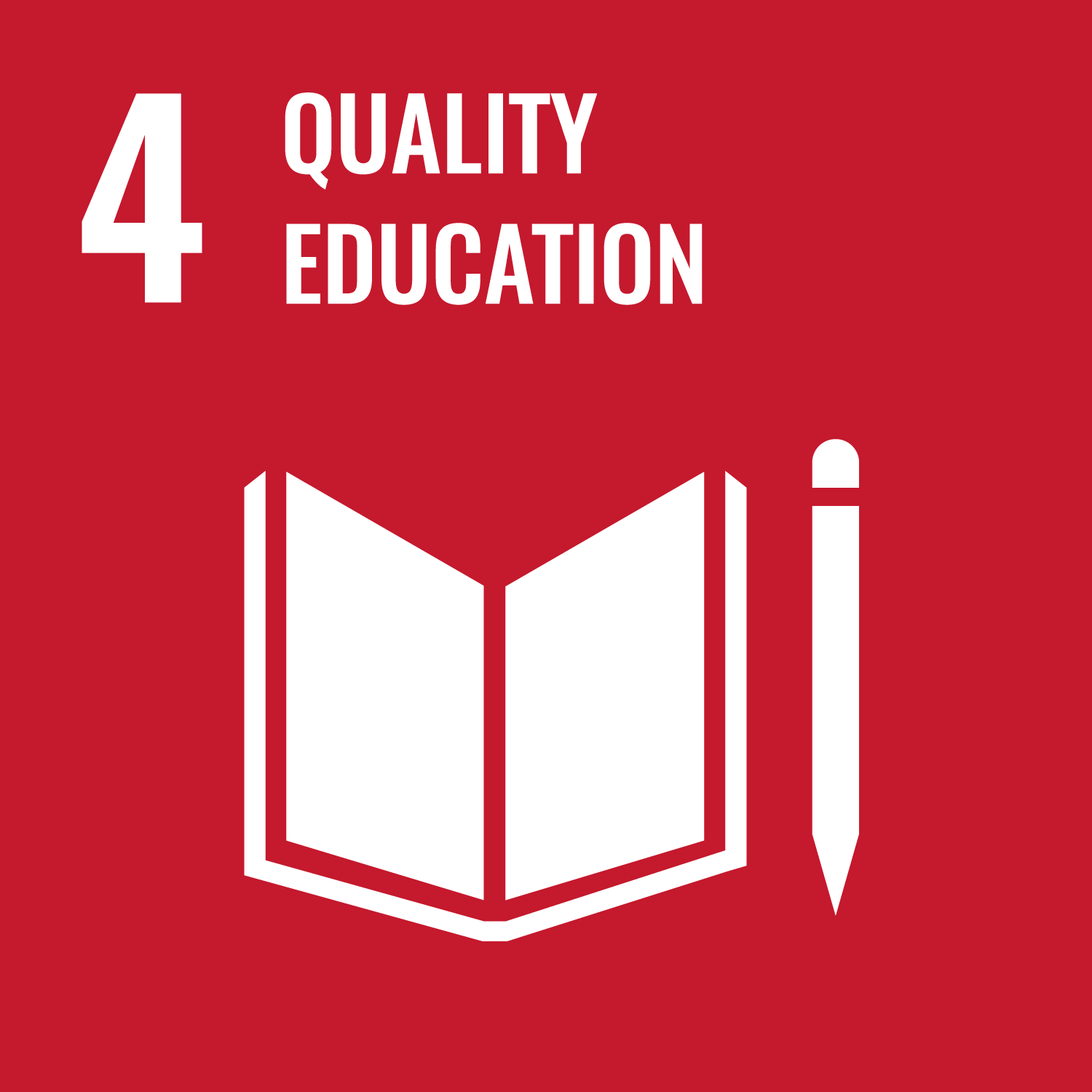
4. Education: Education in the USA is primarily the responsibility of individual states and local communities. The government supports education through funding, policies, and initiatives like the Elementary and Secondary Education Act and the Individuals with Disabilities Education Act. The USA has a vast network of public and private schools, colleges, and universities that provide diverse educational opportunities.

5. Gender Equality: The USA has made significant progress in promoting gender equality. Laws such as the Equal Pay Act and Title IX aim to address gender-based discrimination in the workplace and education. Efforts are ongoing to ensure equal opportunities for women in leadership positions, combat gender-based violence, and promote inclusivity for all genders.

6. Clean Water Sanitation: Clean water sanitation is a priority in the USA. The Environmental Protection Agency (EPA) sets regulations and standards to ensure safe drinking water and proper wastewater treatment. The Safe Drinking Water Act and the Clean Water Act are key legislative frameworks for water quality protection. However, challenges persist, including aging infrastructure and water pollution from various sources.
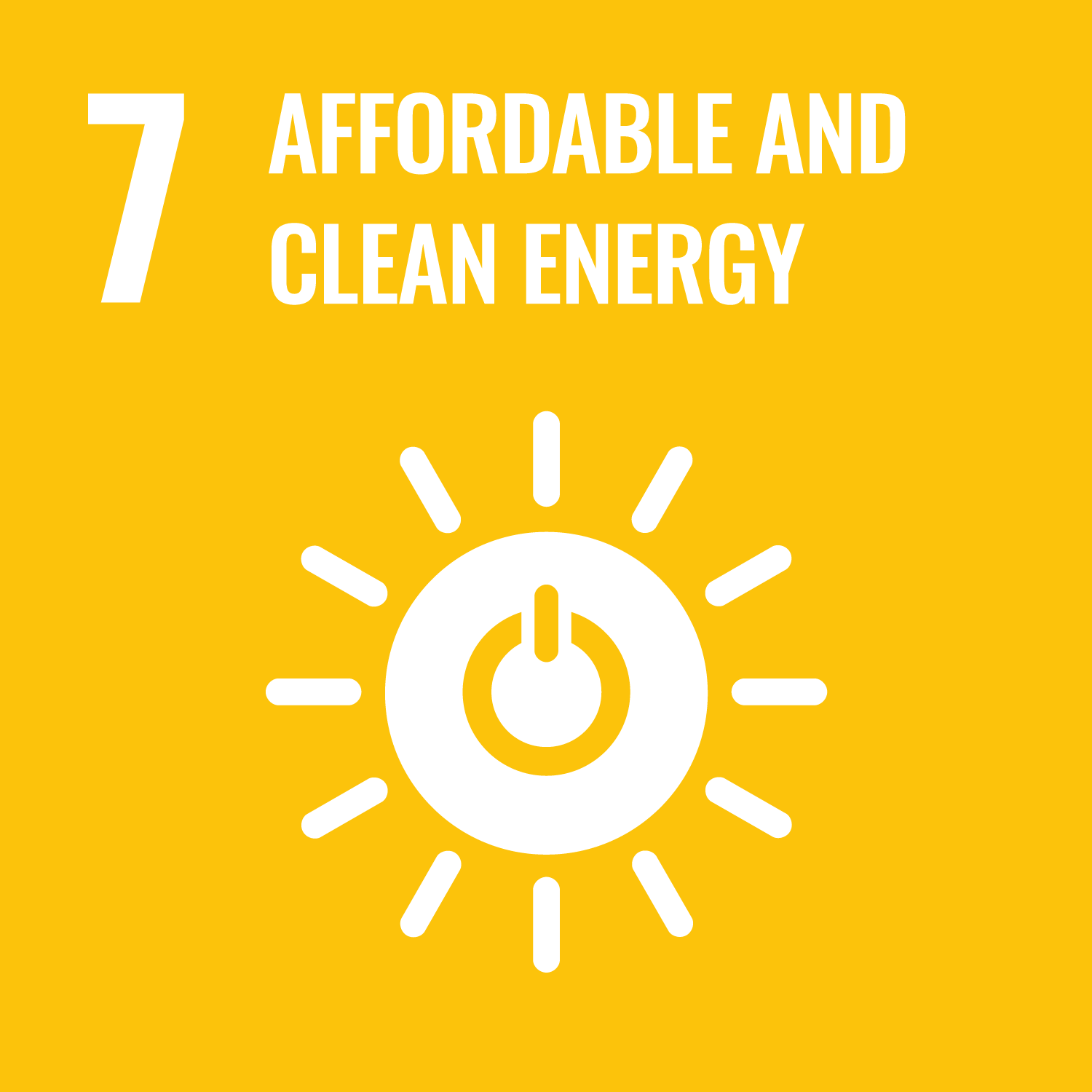
7. Affordable Clean Energy: The USA is working to transition to affordable clean energy sources. The government provides incentives and tax credits for renewable energy projects, promotes energy efficiency programs, and supports research and development in clean energy technologies. The country has made substantial progress in renewable energy deployment, with renewable sources accounting for nearly 20% of total electricity generation in 2020.
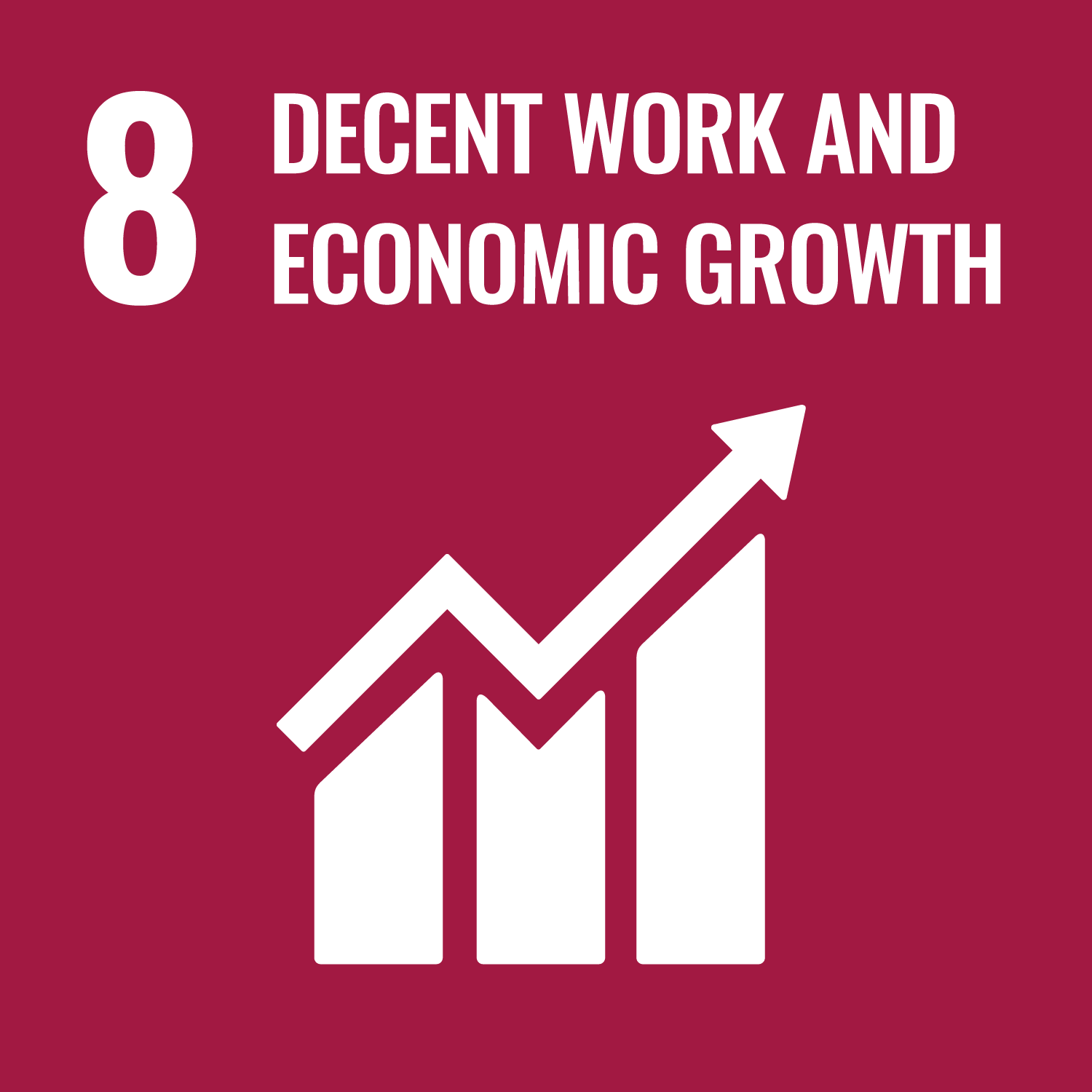
8. Economic Growth: The USA has one of the world's largest and most dynamic economies. The government implements policies to stimulate economic growth, attract investments, and support entrepreneurship. In 2020, the USA had a Gross Domestic Product (GDP) of approximately $22.7 trillion, making it the largest economy globally.
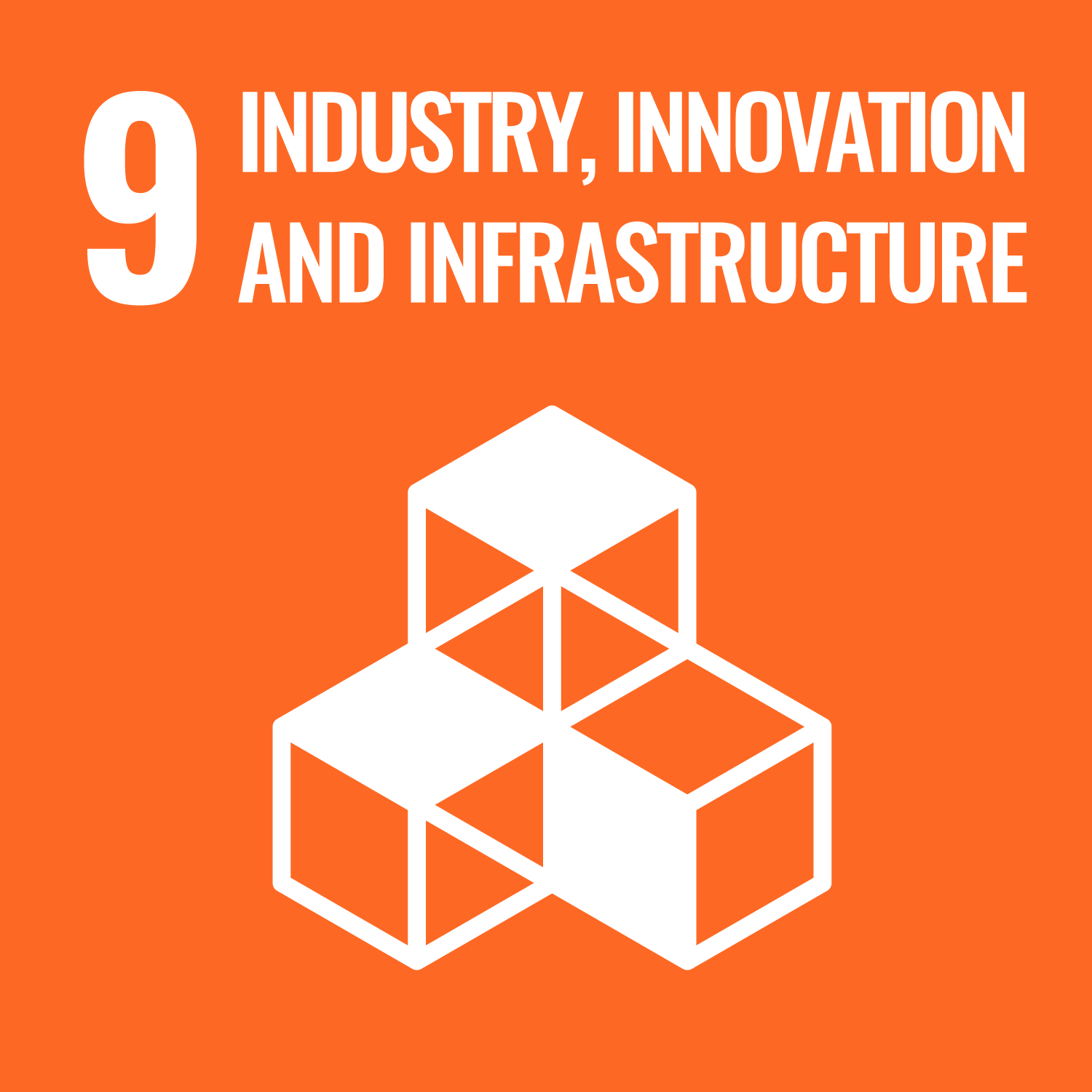
9. Industry Innovation: The USA fosters industry innovation through various means. The government invests in research and development, promotes collaboration between academia and industry, and supports entrepreneurship. The country is a hub for technological advancements and innovative industries, with notable contributions to sectors such as information technology, biotechnology, and aerospace.

10. Reduced Inequalities: Reducing inequalities is a priority in the USA. Efforts include policies to address income disparities, enhance social mobility, and promote equal opportunities. The government supports initiatives targeting marginalized communities, promotes affordable housing, and invests in workforce development programs.

11. Sustainable Cities: Sustainability is gaining importance in urban planning and development across the USA. Cities are implementing initiatives to promote energy efficiency, expand public transportation networks, enhance green spaces, and reduce carbon emissions. Several cities have committed to renewable energy goals and adopted sustainable development plans to create livable and resilient urban environments.

12. Responsible Consumption and Production: The USA encourages responsible consumption and production through various initiatives. Efforts include promoting recycling and waste reduction, supporting sustainable agriculture practices, and raising awareness about the environmental impacts of consumer choices. Organizations and businesses actively engage in sustainability practices, including eco-friendly packaging, energy-efficient manufacturing, and circular economy principles.

13. Climate Action: The USA is committed to climate action and addressing climate change. The government rejoined the Paris Agreement and has set ambitious goals to reduce greenhouse gas emissions. Initiatives focus on transitioning to clean energy, promoting energy efficiency, investing in climate research, and supporting adaptation measures to mitigate the impacts of climate change.

14. Aquatic Environment: The USA recognizes the importance of protecting its aquatic environment, including oceans, rivers, and lakes. The government enforces regulations to prevent water pollution, restore wetlands, and conserve marine ecosystems. Efforts are underway to address challenges such as overfishing, habitat destruction, and the impacts of climate change on aquatic biodiversity.
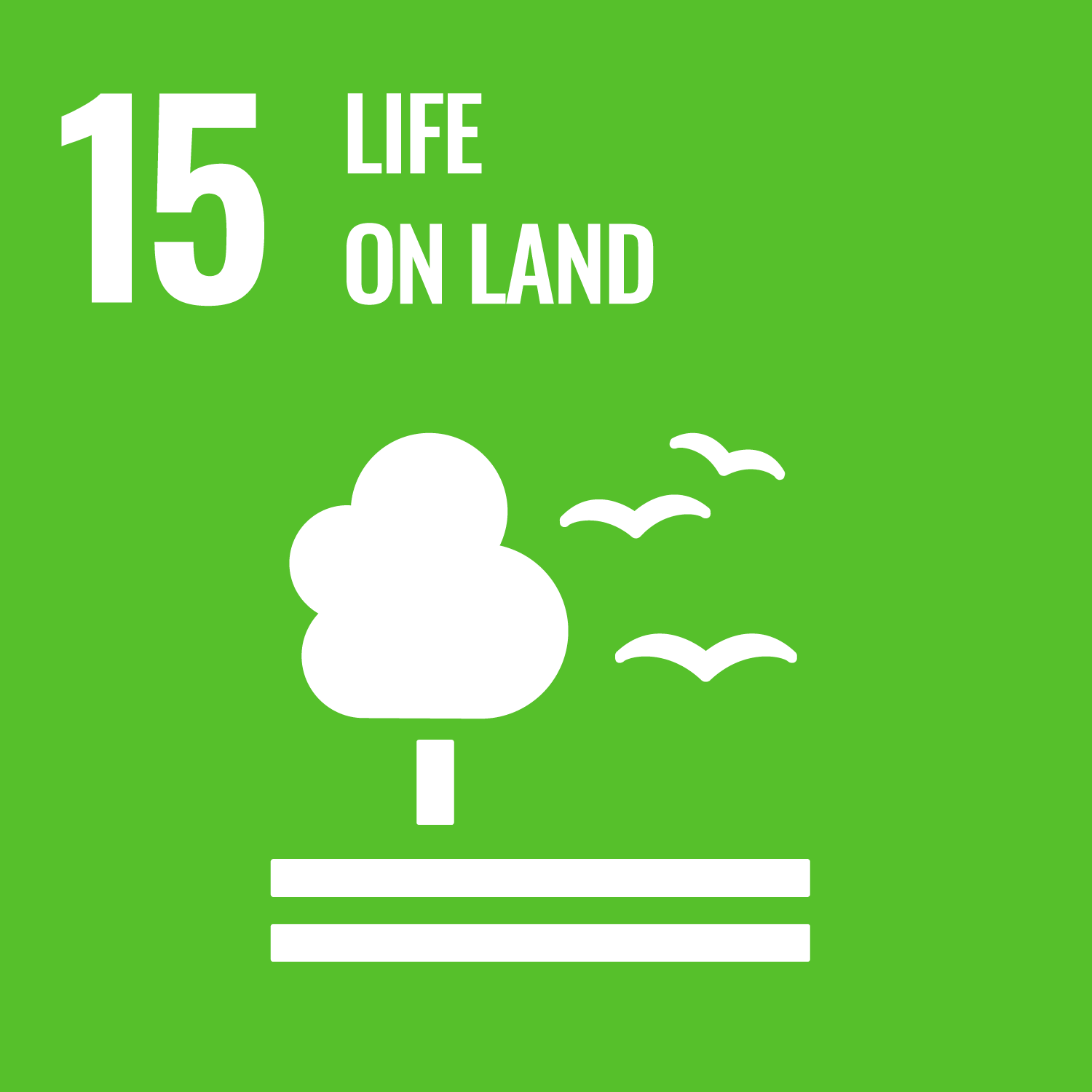
15. Natural Environment: Preserving the natural environment is a priority in the USA. The country has established national parks, wildlife refuges, and protected areas to conserve biodiversity and promote sustainable land management. Initiatives focus on habitat restoration, wildlife conservation, and the sustainable use of natural resources.

16. Peace and Justice Institutions: The USA has a robust system of peace and justice institutions. The country has an independent judiciary, law enforcement agencies, and legal frameworks to ensure the rule of law, protect human rights, and maintain social order. International peacekeeping missions and efforts to promote global justice are part of the USA's engagement in peace and justice initiatives.

17. Partnerships for the Goals: The USA recognizes the importance of partnerships to achieve sustainable development goals. The government collaborates with international organizations, NGOs, businesses, and other countries to address global challenges. The USA provides financial support, technical expertise, and knowledge sharing to promote sustainable development and tackle global issues collectively.



